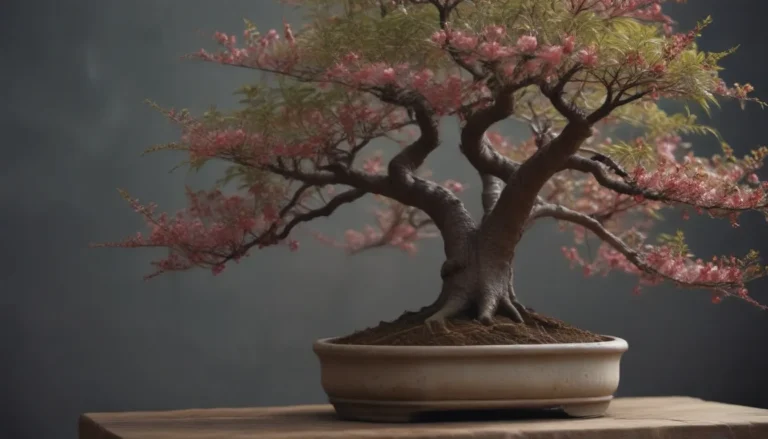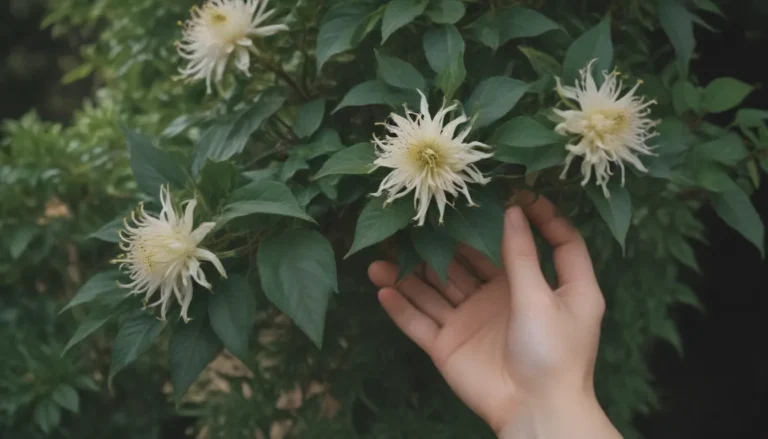Understanding and Managing Rust Fungus on Plants

Welcome to our in-depth guide on identifying and controlling rust fungus on plants. Rust fungus may not always be lethal to your plants, but it can certainly detract from their beauty and cause significant damage if left unchecked. In this article, we’ll delve into what rust fungus is, how to identify it, its life cycle, common plants it affects, symptoms to watch out for, and most importantly, how to effectively treat and prevent it from spreading.
What Is Rust Fungus?
Rust fungus is a group of fungal diseases that primarily impact the leaves of plants by producing spores. These spores can appear in various colors such as orange, yellow, rusty brown, black, or white. The rusts belong to thePuccinialesfamily, which includes over 7,000 species likeUromyces,Gymnosporangium, andCronartium. While rust disease may not initially harm the overall health of a plant, it’s crucial to address it promptly to prevent further damage.
Identifying Rust Fungus
Rust fungus manifests as speckled masses on the surfaces of plant leaves, affecting both annual and perennial flowering plants. The telltale sign of rust fungus is the appearance of rust-colored, or brown, orange, purple, red, and yellow dry spots on the foliage. Observing these symptoms can help gardeners quickly identify and address a potential rust problem.
Understanding the Life Cycle of Rust Fungus
Rust fungus thrives in damp conditions, typically developing during rainy, humid summers when plant leaves remain wet for extended periods. Warm morning temperatures following overnight moisture can create ideal environments for rust spores to spread and infect other healthy plants. The spores are commonly dispersed by wind or water to propagate the infection.
Plants Prone to Rust Fungus
While plants likeAlcea rosea(common hollyhock) are commonly affected by rust disease, many other species can fall victim to this fungal infection. It’s crucial to monitor and watch out for signs of rust fungus in your garden, especially during the summer months.
Commonly Affected Plants:
- Alcea rosea (common hollyhock)
- Turfgrass
Symptoms of Rust Fungus on Plants
Plants afflicted with a severe rust fungus infestation may exhibit the following symptoms:
– Yellowing leaves
– Leaf drop
– Rust-colored spots on foliage
Treating Rust Fungus
Prevention Tips:
- Proper Watering: Avoid overhead watering and opt for drip irrigation or watering at ground level.
- Garden Hygiene: Remove and destroy infected foliage to prevent the spread of spores.
- Organic Methods: Utilize sulfur, neem oil, or baking soda to control rust fungus.
- Commercial Fungicides: Consider using fungicides containing Chlorothalonil, Mancozeb, Myclobutanil, or Trifloxystrobin.
It’s crucial to apply these treatments at the first signs of rust and continue as per guidelines to effectively manage the infection.
Preventing Rust Fungus
Effective Strategies:
- Choose Rust-Resistant Varieties: Look for hybrid varieties resistant to rust fungus to replace susceptible plants.
- Proper Spacing: Ensure adequate spacing between plants to promote air circulation and prevent overcrowding.
- Healthy Purchases: Inspect newly purchased plants for signs of rust before introducing them to your garden.
- Isolation: Keep new plants separate for a few weeks to avoid introducing potential rust spores to your existing plants.
Rust fungus is primarily spread through water and wind, making it essential to implement proper prevention measures to safeguard your garden.
In conclusion, rust fungus may be a common issue for many gardeners, but with the right knowledge and preventative measures, it can be effectively managed. By staying vigilant, practicing good garden hygiene, and using appropriate treatments, you can protect your plants from the damaging effects of rust fungus.
Remember, a healthy garden starts with proactive care and attention to detail. Happy gardening!
References:
– Royal Horticultural Society
– University of Massachusetts Amherst
– University of California IPM
– Rutgers University Plant and Pest Advisory
– Chicago Botanic Garden
– Ohio State University





